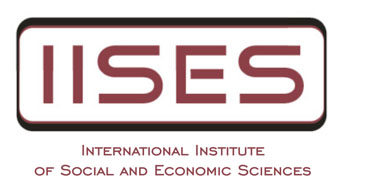35th International Academic Conference, Barcelona
A CAUSAL RELATIONSHIP MODEL OF UNDERGRADUATE STUDENTS’ WILLINGNESS TO COMMUNICATE ENGLISH
DAVID MEREDITH
Abstract:
The purpose of this research is to explore the critical factors that affect undergraduate students’ Willingness to Communicate in English (WTC). The data was collected from a sample of 416 respondents using a questionnaire to measure attitudes. Data was analysed using SPSS and Mplus 6.12 computer programmes. The findings revealed that students’ Perceived Communication Apprehension (PCA) could influence WTC indirectly via Attitude Toward Willingness to Communicate (AWTC) and Perceived Behavioural Control (PBC), whilst WTC was not affected from PCA indirectly via the Subjective Norm (SN). Students were found to be tense and nervous about speaking English with their friends, strangers, and new acquaintance which was associated with a lack of confidence. However, if activities were perceived to be fun students were more willing to communicate. This research is useful for teachers of English as it can increase awareness of the causes and effects of anxiety on students’ learning and suggest teaching methodologies that might reduce nervousness and encourage students’ willingness to communicate: thereby helping to improve their English oral communication skills.
Keywords: Willingness to Communicate English, Perceived Communication Apprehension, Attitude Toward Willingness to Communicate, Subjective Norms, Perceived Behavioural Control

